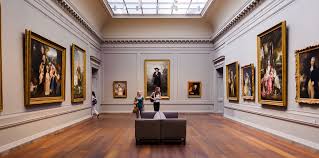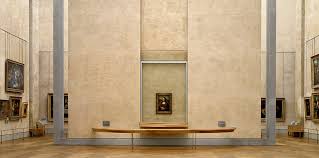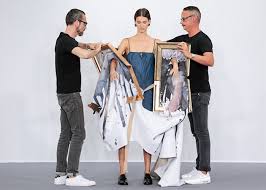nastya
HISTORY OF THE ORIGIN AND DEVELOPMENT OF STAINED-GLASS ART (part 1)
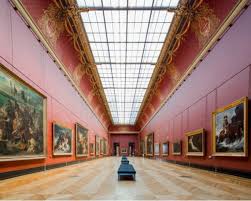 When sunlight penetrates through the high openings of windows, stained glass paintings, stained glass patterns seem to flash, light up in bright color, begin to glow, transforming the interior, filling it with a fantastic play of colored glass.
When sunlight penetrates through the high openings of windows, stained glass paintings, stained glass patterns seem to flash, light up in bright color, begin to glow, transforming the interior, filling it with a fantastic play of colored glass.
Stained-glass window is one of the most remarkable phenomena of monumental art. He got his current name from the French word “vitrage” – glass. Until recently, this term was understood as an ornamental or plot decorative composition (in a window, door, partition, in the form of an independent panel) made of glass or other material that transmits light.
According to scientists, the simplest stained-glass windows existed already in Ancient Egypt from the 2nd millennium BC. and in ancient Rome – from the 1st millennium A.D. Continue reading
HISTORY OF THE ORIGIN AND DEVELOPMENT OF MONUMENTAL PAINTING (part 2)
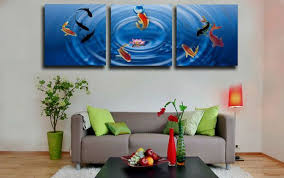 The term “fresco” came to Russia from Italy no earlier than the 18th century. This can be judged by the fact that even in the XVI-XVII centuries it was not found in Russian documents, and they wrote about this nature of work in annals, charters, and decrees: “a wall letter in raw gesso.” The term “wall writing” meant all paintings on architectural surfaces made using any technique, whether it was painted on raw gesso, on an emulsion binder or adhesive.
The term “fresco” came to Russia from Italy no earlier than the 18th century. This can be judged by the fact that even in the XVI-XVII centuries it was not found in Russian documents, and they wrote about this nature of work in annals, charters, and decrees: “a wall letter in raw gesso.” The term “wall writing” meant all paintings on architectural surfaces made using any technique, whether it was painted on raw gesso, on an emulsion binder or adhesive.
The mural was widespread in past eras. It is assumed that she was known in Ancient Greece, she wrote in ancient Rome, Byzantium, in Russia X-XII centuries. Numerous murals are made in medieval Europe.
Significant and outstanding works are created in this technique. Continue reading
HISTORY OF THE ORIGIN AND DEVELOPMENT OF MONUMENTAL PAINTING (part 1)
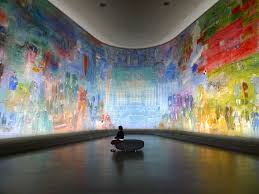 FRESCO
FRESCO
It is customary to divide the painting into easel and monumental. To easel painting is one that is made with oil paints on canvas, cardboard or other solid material. As a rule, it has not so impressive dimensions, is performed on an easel and is able to wander around exhibitions, museums, and the interiors of owners. Monumental painting is another matter. It is rigidly attached to the architectural surface, often has gigantic dimensions and the technology of execution has its own characteristics. There are many diverse techniques of monumental painting, but we intend to tell you only about three of them. This is a fresco, mosaic and stained glass. Continue reading

